
Our habits accompany us wherever we go. Whether we’re reaching for an object or assuming a yoga pose like the Warrior, if we have a tendency to tense our neck before lifting our arms, that pattern will persist. The Alexander Technique delves into these ingrained habits, offering subtle adjustments that can significantly enhance our overall bodily coordination. Through this Yoga and the Alexander Technique course, we’ll explore how to approach yoga poses from the perspective of the Alexander Technique, aiming to unearth and transform these underlying habits.
How does the “Yoga and Alexander Technique Berlin” Course work?
This course comprises six classes, each structured as follows:
- Commencement with ten minutes of semi-supine practice and guided instructions.
- Exploration of 3 to 4 yoga poses in every session, examining them through the lens of the Alexander Technique.
- Incorporation of a 10-minute guided relaxation period.
- Engaging in interactive games aimed at grasping Alexander Technique concepts.
- Participation in partner activities, where students are paired up to enhance interoception (prior consent is always sought).
- Dedicated time for optional questions and comments.
Please note: This is an in-studio exclusive class and will not be available for online streaming.
For Whom?
This course is for anybody who is interested in yoga or who is interested in the Alexander Technique. It is designed in a way that you can participate, regardless of your level of experience.
What to bring?
Mats, blankets and chairs are provided at the studio. For hygiene, it is best if you bring your own equipment, but you are welcome to use ours too!
When?
Every Thursday 8pm starting on April 11th to May 23rd, 2024. (except May 9th which falls on a public holiday)
Duration: 1hour and 15 minutes.
Price: 65 euro if you sign up for the 6 classes, 15 euro if you want a drop in class
How to sign up?
To book the whole course please fill out this form.
To book a drop in class, book through momoyoga. Click here to see how it works.
Pinelopi embarked on her yoga journey in 1999, completing a 600-hour Hatha Yoga Teacher and Vedantic Philosophy Training course in Valencia, Spain. She founded English Yoga Berlin in 2010, and now has over 15 years of experience as a full-time yoga teacher.
She deepened her knowledge by studying Yoga Anatomy with Leslie Kaminoff. Additionally, she trained with David Moore and attended his “Injury-free yoga” workshops, integrating the Alexander Technique into yoga poses. This comprehensive training enriched her expertise in both fields.
In January of 2023, Pinelopi achieved a significant milestone by becoming a certified Alexander Technique teacher. This was an intensive training for 3.3 years, totaling 1600 hours of dedicated study with Jorg Aßhoff.
Pinelopi’s ergonomic consultations integrate anatomy, Alexander Technique, and yoga’s mind-body understanding. Her holistic approach optimizes well-being in the workplace through comprehensive guidance.
She has completed a 3 day training on “Understanding Trauma for Safer Spaces” with Legacy Motion, and is now studying “Somatic Embodiment and Regulation Strategies” with Linda Thai. Her meditation philosophy is deeply inspired by Tara Brach, especially the RAIN meditation.
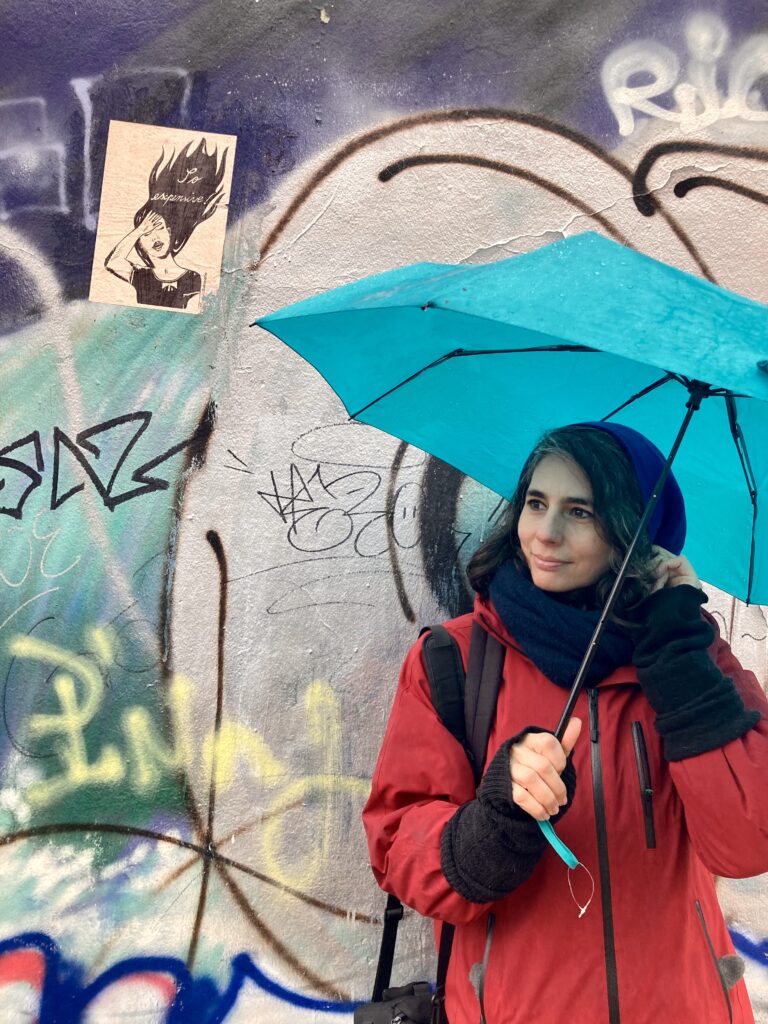




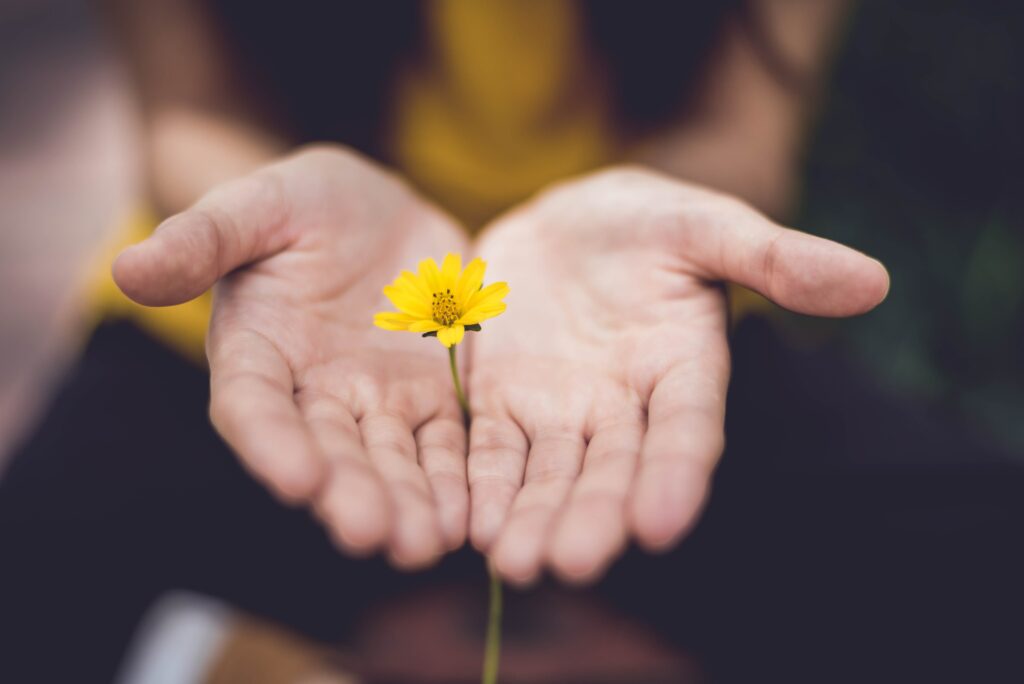
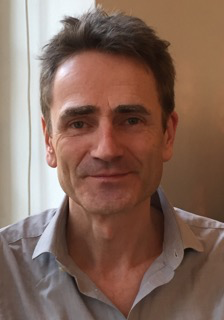

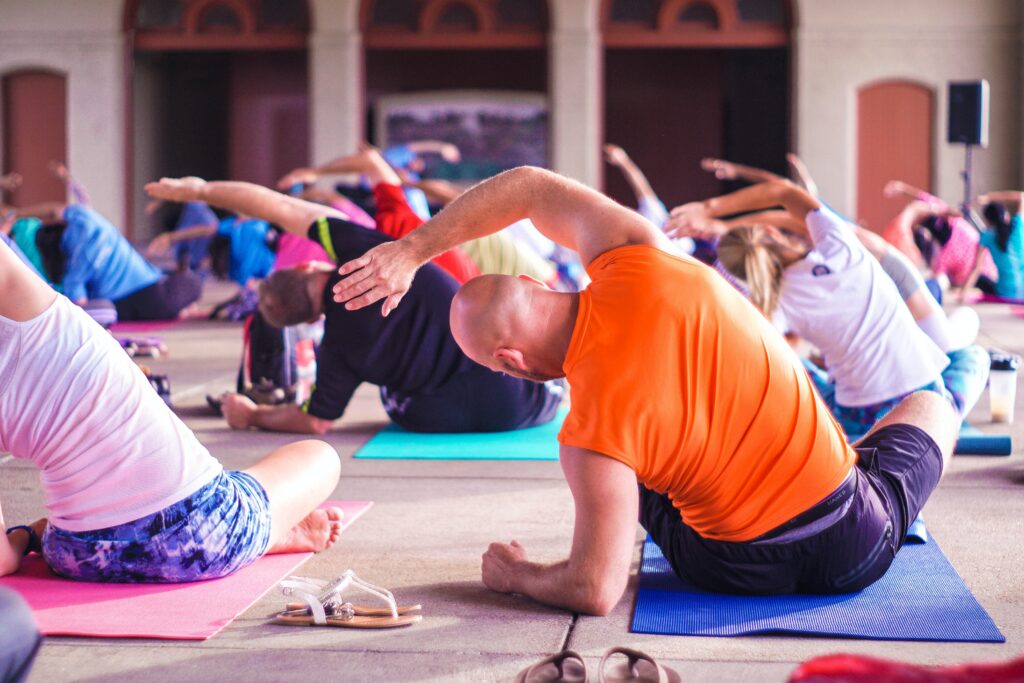
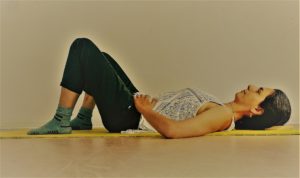 Lay down on your back with your head placed on top of some books for support (5 to 8cm as a starting point). Put the soles of your feet on the floor with your knees facing upwards towards the ceiling. Place your hands on the belly with the elbows pointing outwards
Lay down on your back with your head placed on top of some books for support (5 to 8cm as a starting point). Put the soles of your feet on the floor with your knees facing upwards towards the ceiling. Place your hands on the belly with the elbows pointing outwards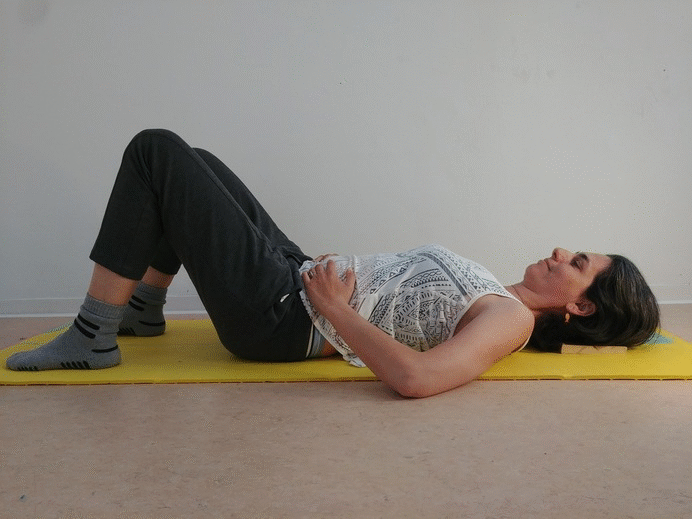
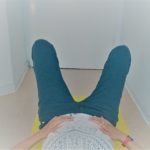
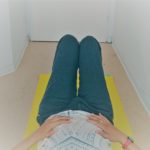 If you feel that you wanted to bring the knees inwards, you could try placing your feet closer to each other. If you feel that you wanted to let your knees go outwards, you could place the feet a bit further apart from each other. Do these changes to your feet make it easier for your knees to be pointing upwards without tension? Did this also bring a subtle change to the pathway of weight distribution in the soles of your feet?
If you feel that you wanted to bring the knees inwards, you could try placing your feet closer to each other. If you feel that you wanted to let your knees go outwards, you could place the feet a bit further apart from each other. Do these changes to your feet make it easier for your knees to be pointing upwards without tension? Did this also bring a subtle change to the pathway of weight distribution in the soles of your feet?



 Summer Closures
Summer Closures
